Behukosai 5782 – Embracing the Yoke of Avodas Hashem
Consider sponsoring a shiur
Visit YTATorah.org
Shiur presented in 5778
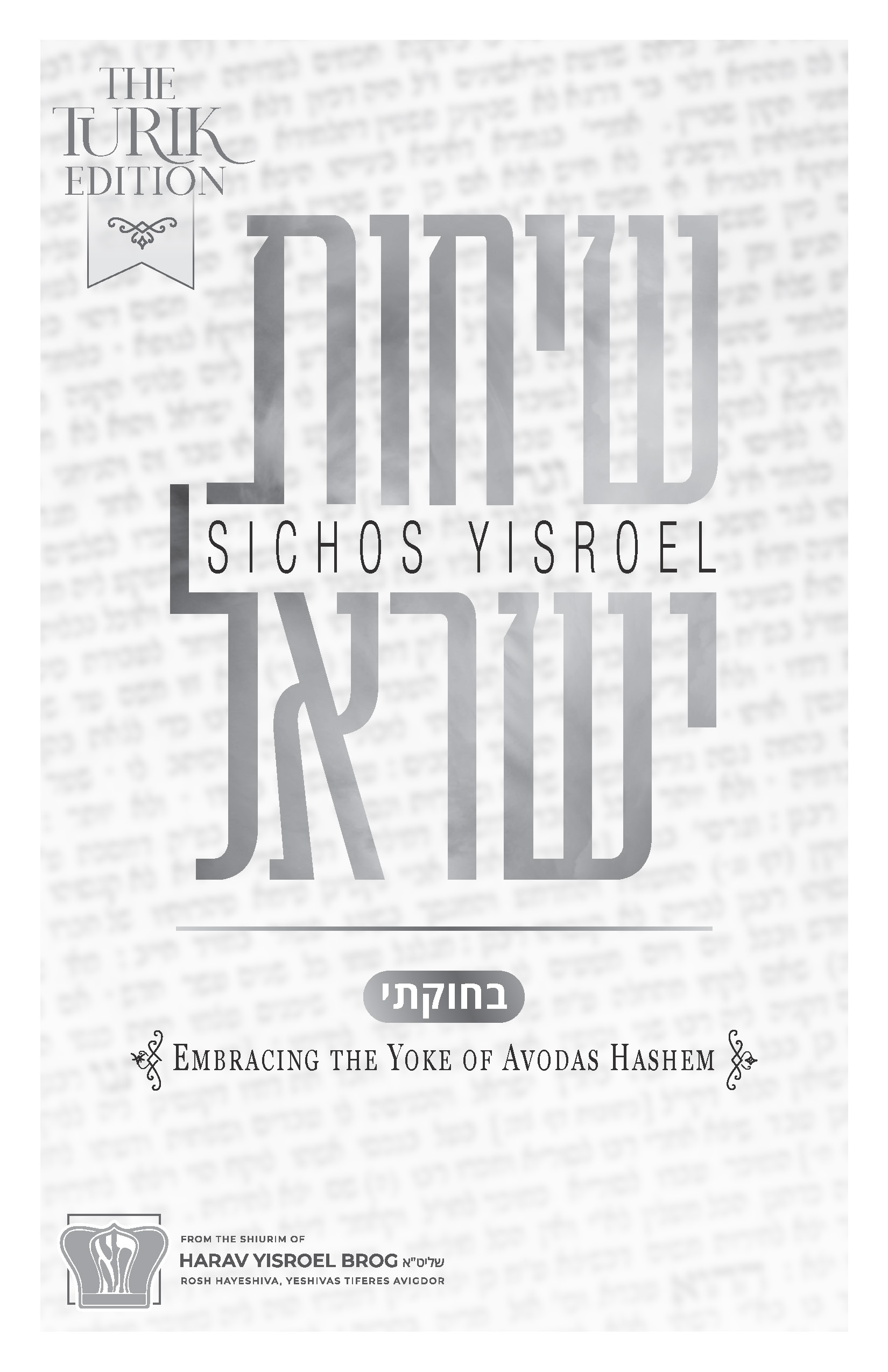
Consider sponsoring a shiur
Visit YTATorah.org
Shiur presented in 5778
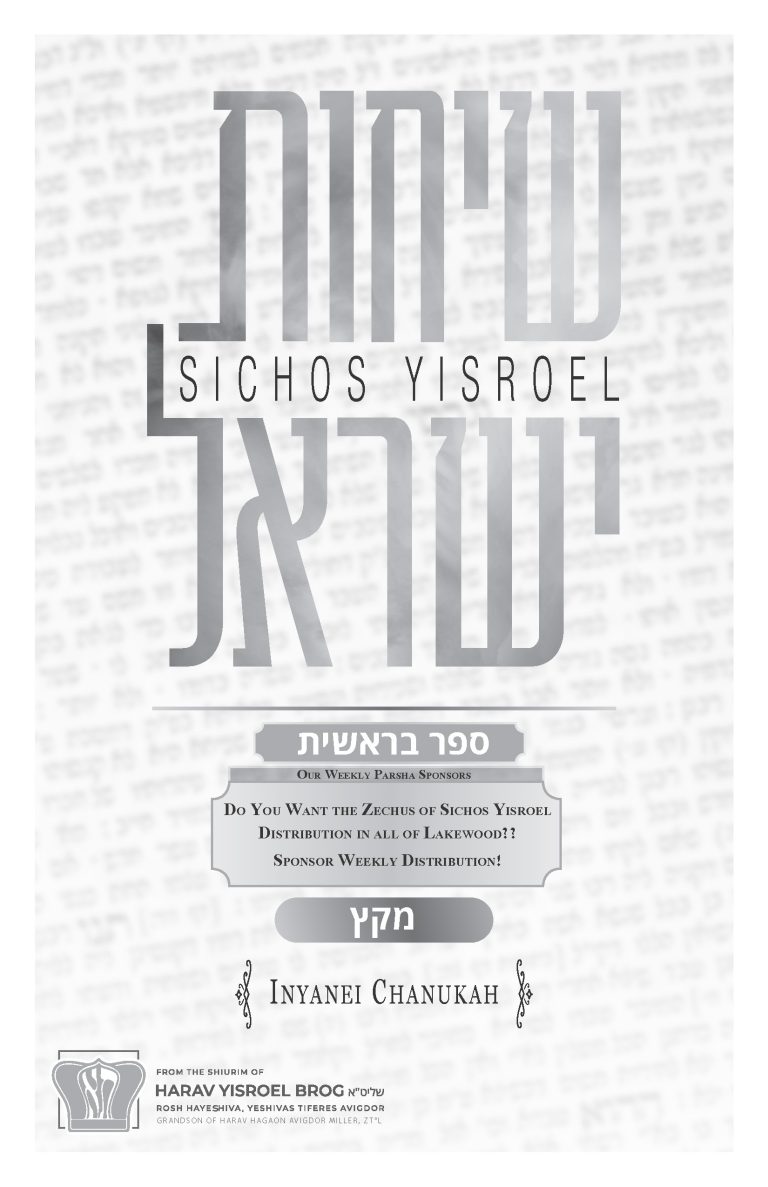
Many times in our lives, we face different series of challenges, and many times the challenge is not a direct challenge to our Yahadus,but one that sneaks up on us. During yemei haChanukah, we need to understand what the challenge of the Yevanim was.
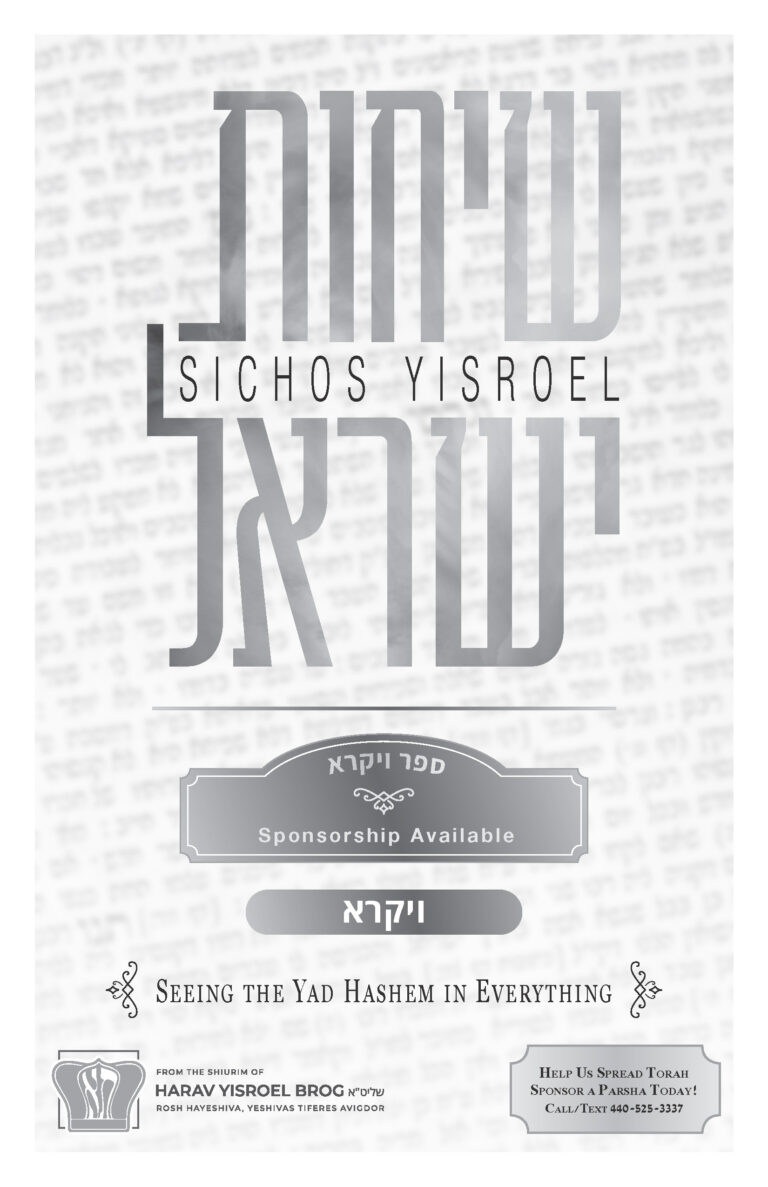
The passuk opens by saying that Hashem called to Moshe – ויקרא אל משה (Vayikra 1:1). The Ba’al Haturim discusses why the last letter alef in the word ויקרא is written small. In a sefer Torah most letters are written uniformly, the same size. The alef in ויקרא is written smaller than the other letters. The Ba’al Haturim says that the reason for that is because Moshe Rabeinu was exceedingly humble. He was the ענו מכל אדם, the most humble of people. In spite of his immense brachos, in spite of all the greatness that Hashem bestowed upon him, Moshe was the humblest of all people.
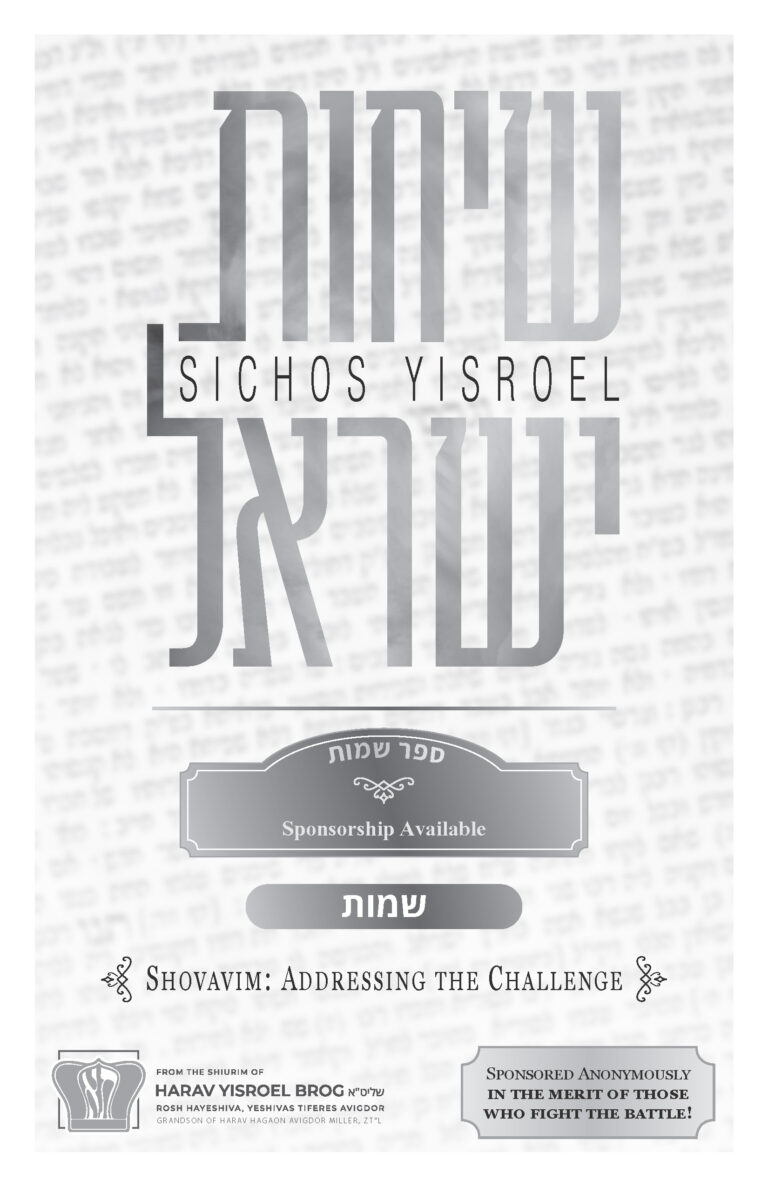
Yesterday, we spoke about the power of the yetzer hara, where he comes and he challenges each and every one of us, and presents us with new things. He has innovations. He offers us opportunities for new, imaginary horizons. And people succumb to his tricks. He gets into our minds, and messes with us, and we fall for it hook, line, and sinker.
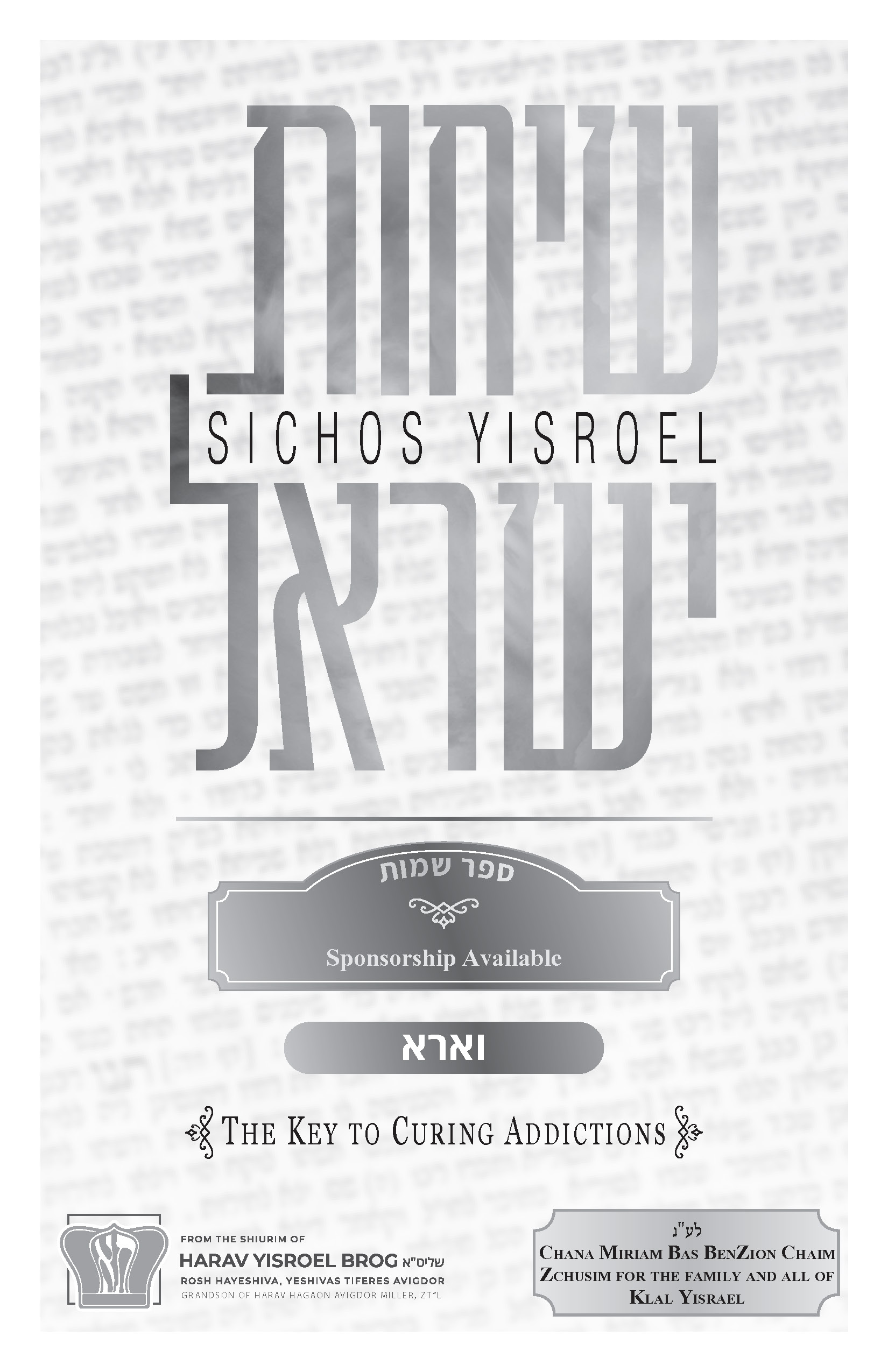
There is a fellow in Eretz Yisrael who is the editor of the Hebrew Yated Ne’eman. His name is Yisrael Friedman. He was extremely close with Rav Aharon Leib Shteinman. He was in his house many times. One day, eighteen years before Rav Aharon Leib was niftar, the phone rings by Yisrael Friedman. He picks up the phone – it’s the rosh yeshivah. Rav Aharon Leib is calling. Rav Aharon Leib tells him, “I have to speak to you right now…”
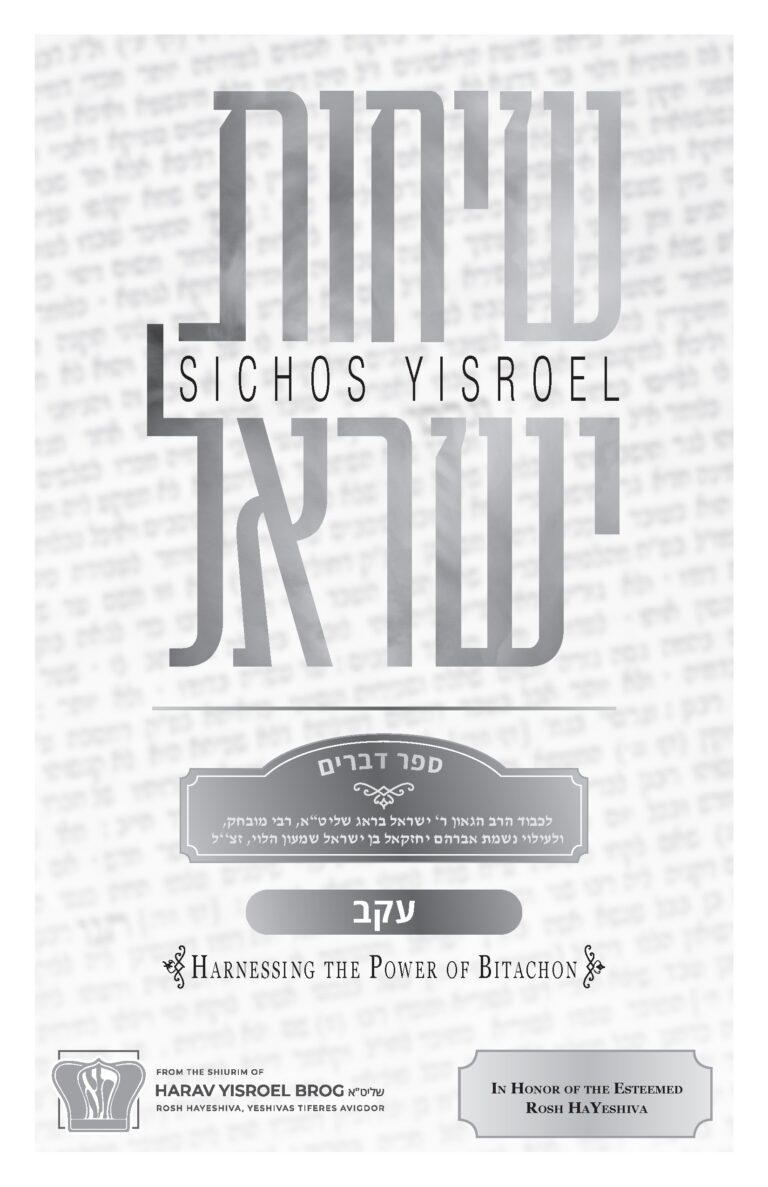
Today we will begin with our first shiur for this tekufah on the subject of bitachon. We spoke numerous times about emunah, but bitachon is where the power begins. Emunah is the seed or the tree, while bitachon is the fruit.[i] Emunah is the study of the halachah, whereas bitachon, in the words of the Chazon Ish zichrono levrachah, is the halachah lema’aseh.[ii]People don’t realize that the Torah teaches us how to behave in every situation.
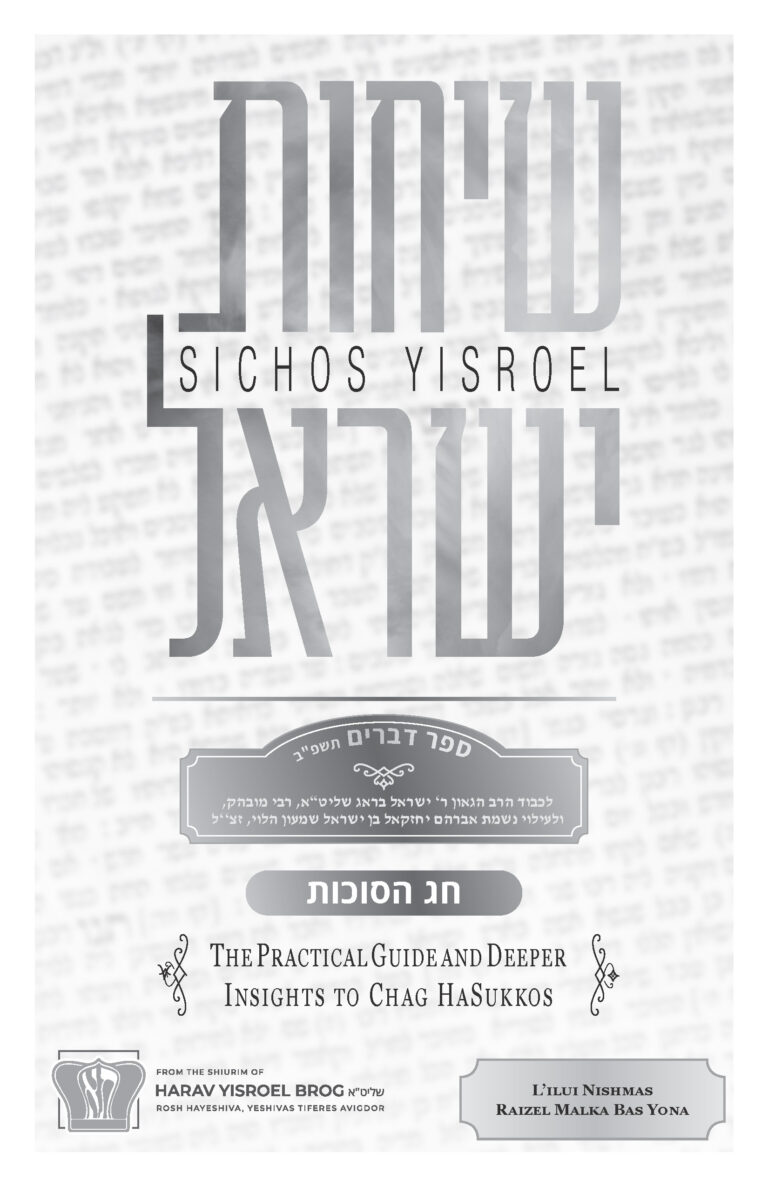
Sukkos is called zman simchaseinu. The simchah of Sukkos is a dual simchah because Sukkos has a dual role. Number one, Sukkos is the end of the Yamim Hanora’im, the end of the Days of Awe that began with Rosh Hashanah and Yom Kippur. Sukkos is the conclusion of those days, culminating with Hoshanah Rabbah which is called the גמר חתימת הדין. Number two…